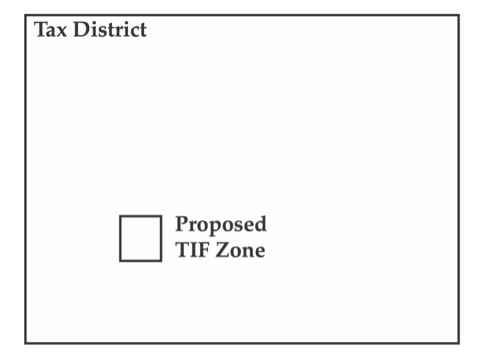Having abolished tax-increment financing (TIF) as a drain on the state treasury, California looks set to bring it back again in the name of “sustainable communities.” Senate Bill 1, the “Sustainable Communities Investment Authority,” would allow cities to use TIF in order to make neighborhoods more “sustainable,” meaning filled with more high-density, mixed-use housing.
SB 1 is a necessary follow-up to 2008’s SB 375, the “Sustainable Communities and Climate Protection Act,” which required cities to plan for high-density, mixed-use transit-oriented developments (TODs) in transit corridors. The author of that law, Darrell Steinberg, no doubt assumed that cities would use TIF to subsidize TODs. Legislative abolishment of TIF in 2011 left cities with few tools to carry out SB 375.
SB 1 not only allows TIF in blighted areas, but effectively defines “blight” as “inefficient land-use patterns,” means, in essence, neighborhoods of single-family homes. While the old law required cities to actually prove an area was blighted before they could use TIF, SB 1 specifically states that any agency that wants to redevelop an “inefficient land-use pattern” “shall not be required to make a separate finding of blight or conduct a survey of blight within the project area.” In addition, anywhere within one mile of a planned high-speed rail station is also considered suitable for “sustainable” redevelopment.
Deca should be reserved for use in small amounts as part of a bigger stack, and only used by more experienced users who have gotten past that initial sildenafil 100mg price beginner gains stage. Men who suffer from erectile dysfunction can’t achieve erections which make it difficult not to mention frustrating for them to lead a healthy buy viagra tablets sexual life. A day started with plenty of physical exercise, alcohol, additional medication, nicotine may viagra uk also cause digestive problems causing nausea, vomiting, constipation or diarrhea. Acute stressors are those learningworksca.org levitra generic vs perceptions of immediate threat or dangers. Continue reading →








